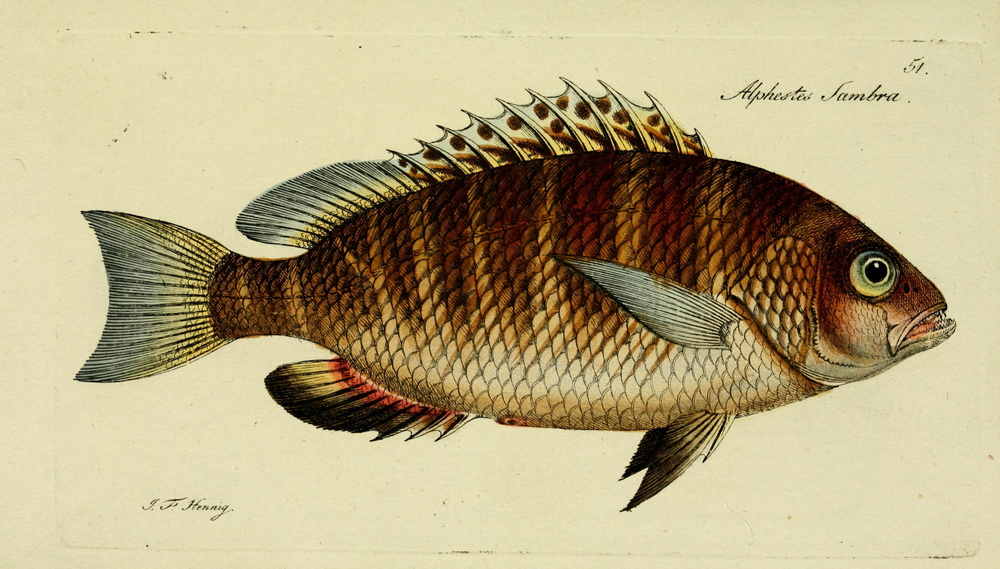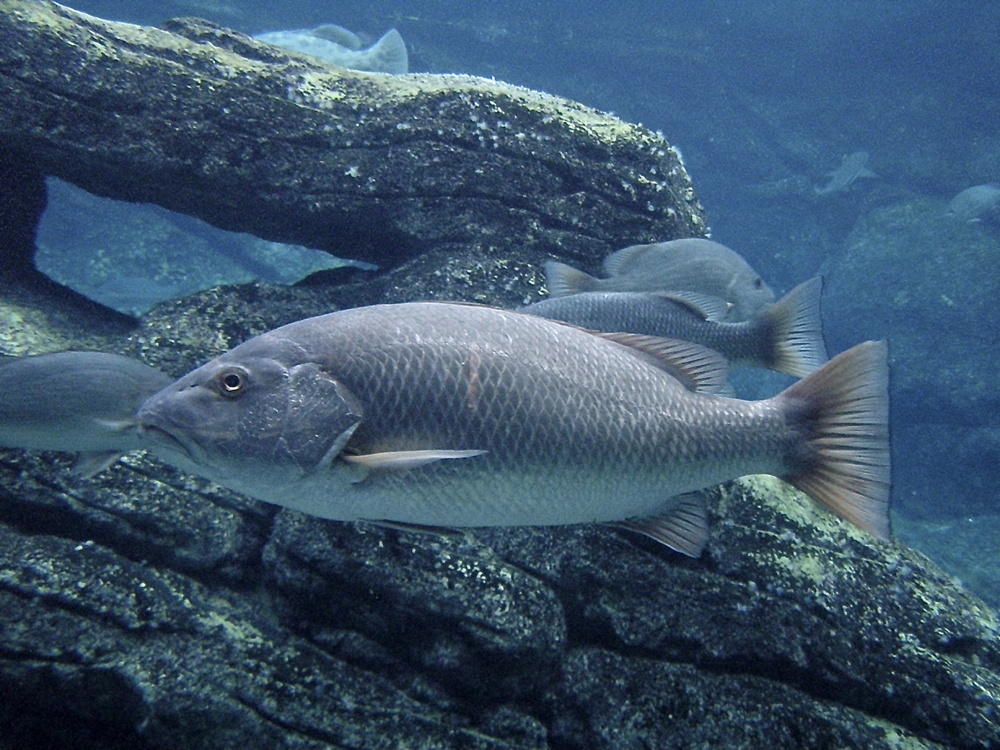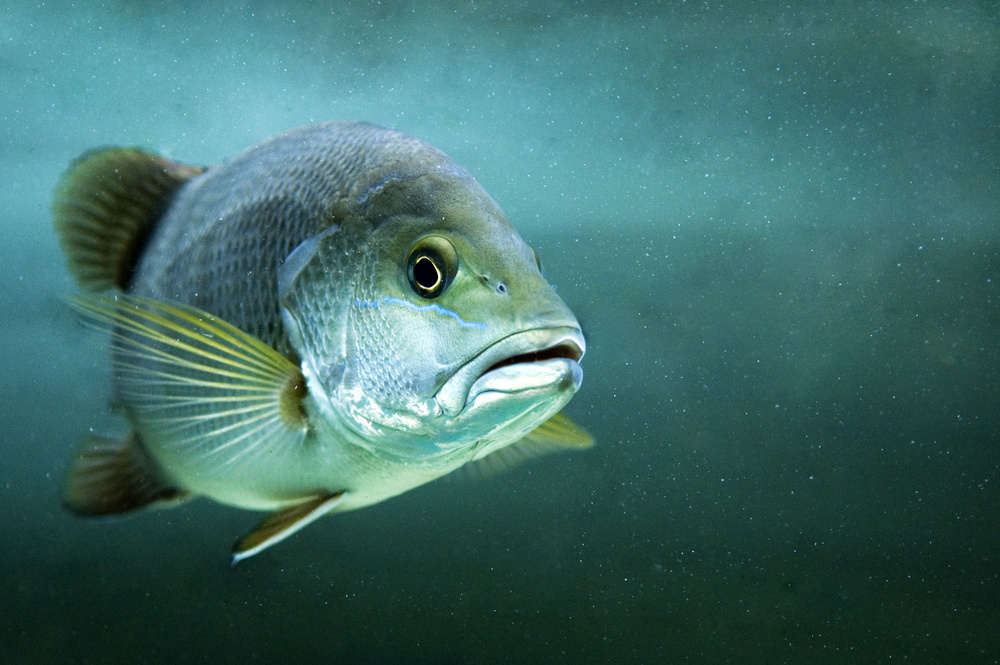Farming remarks
Lutjanus argentimaculatus is a snapper species native to the tropical and subtropical Indo-West Pacific from Samoa to East Africa and from Ryukyu Island (Japan) to Australia. It has been introduced in the Mediterranean Sea through the Suez canal (although it is not established there yet) and is found in the Aegean sea (Turkey) and near Lebanon and Greece. It is commercially demanded in Asia for its food quality and popular in Australia for recreational fishing. L. argentimaculatus is a long-lived species of up to 57+ years migrating to estuaries and freshwater habitats as juveniles and returning offshore to mature, spawn, and spend the rest of its life (except occasional visits to estuaries). There is high variability in depth range and life history (migration, reproduction) depending on latitude/climate. Most research has focused on migrations, natural and induced reproduction, and dietary needs. Further research is needed to determine natural behaviours (such as social and sexual behaviour), natural home range, aggression/territoriality in the wild, effects of handling and confinement on health and welfare, malformation rates, and slaughter protocols. In farms, L. argentimaculatus is usually cultured for 7-13 months. Therefore, due to late maturity in this species, most individuals are juveniles at harvesting time. Larvae are either collected from the wild or purchased from stocks. Due to the adults’ need to migrate for spawning, rearing individuals to become spawners is not recommended unless migration options are available.
Note: The age class "Adults" for farming conditions refers to large juveniles and young adults due to farmers estimating age class by size rather than by maturity status.
For details see: WelfareCheck | farm














